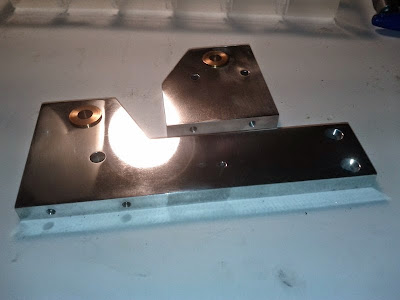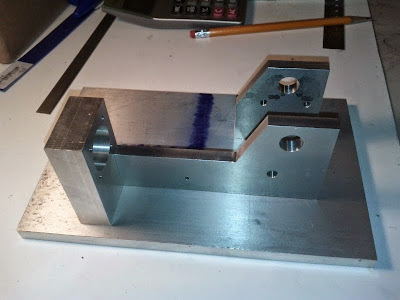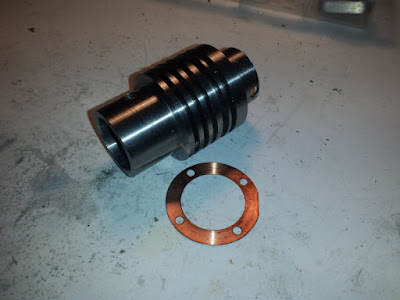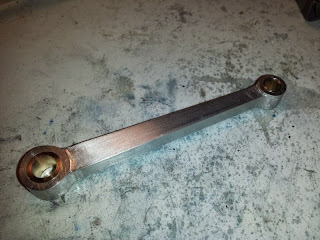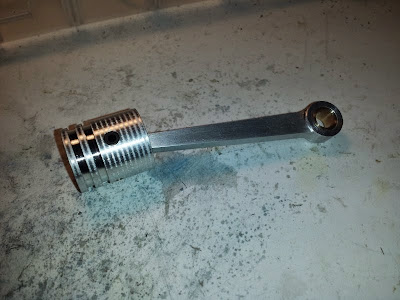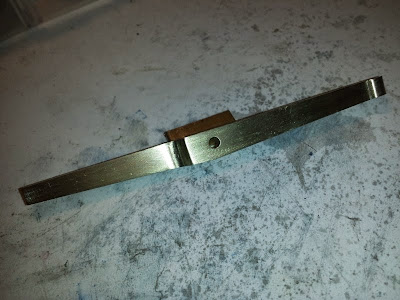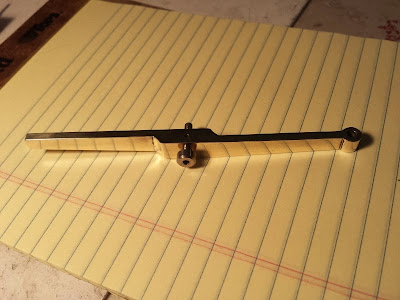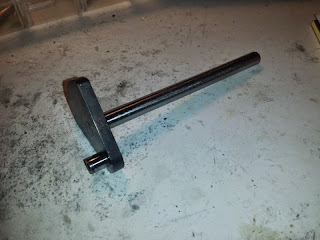The recent posts by another member (http://www.homemodelenginemachinist.com/showthread.php?p=264688#post264688) have inspired me to start posting on my own Webster build. I started this build way back in September 2014, but put it on the back burner for a bit while I worked on some other projects. Recently I resumed work on it, and have been making good progress. Here is where I started.
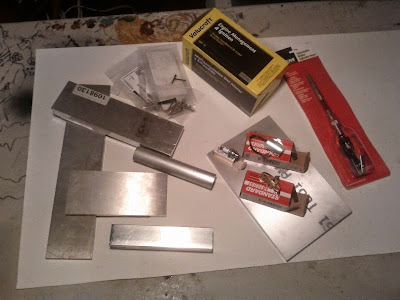
You can see a build log of my progress on my website (link below), but I also plan to post updates here as I complete various stages of the build, as well as playing catch up on work already completed.
My build log - a work in progress:
https://sites.google.com/site/lagad...s-mills-etc/build---webster-engine#components

You can see a build log of my progress on my website (link below), but I also plan to post updates here as I complete various stages of the build, as well as playing catch up on work already completed.
My build log - a work in progress:
https://sites.google.com/site/lagad...s-mills-etc/build---webster-engine#components





